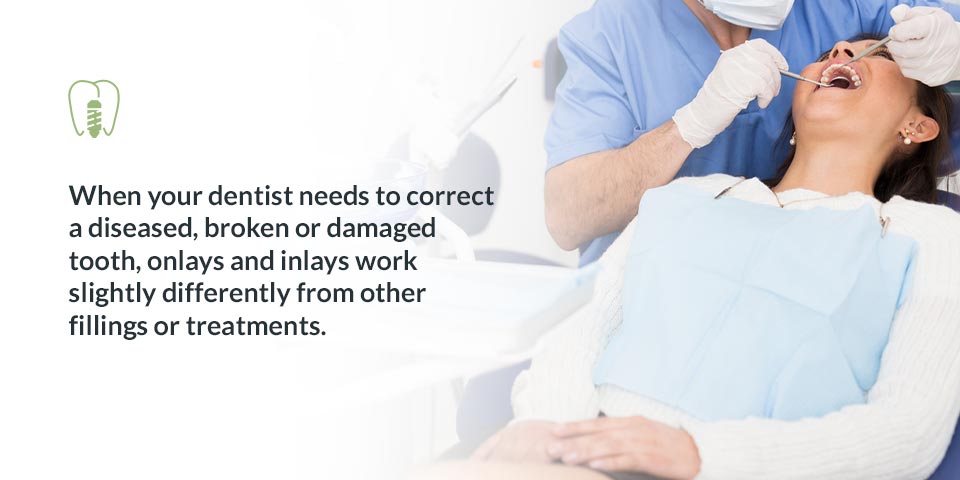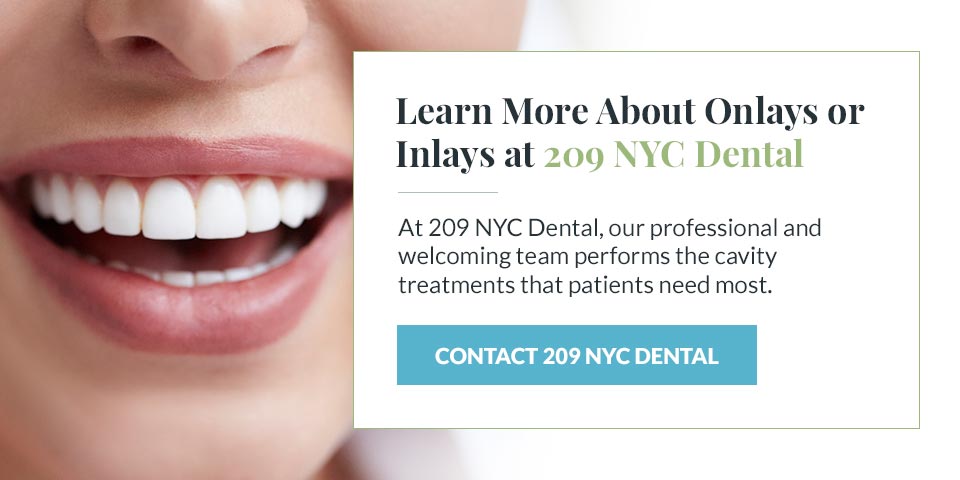Inlays and Onlays

- Dental Inlays
- Dental Onlays
- How Long Do Dental Inlays And Onlays Last?
- Dental Inlays Vs. Dental Onlays
Are you planning to get treatment for tooth decay soon? You might have to get an inlay or an onlay — a type of indirect filling — but you are probably wondering what the differences are between these two treatments. You might also want to know how they compare to direct fillings or other treatments you might need.
Your dentist will determine which treatment will work best for your case. Each procedure has advantages that will benefit some patients more than others. In the meantime, the following information can help you understand these procedures and how they differ.
Dental Inlays
Inlays are created using a molding process. It is designed to fit securely into your damaged tooth or teeth without affecting the cusps, so dental staff will need to take an impression of your teeth for the lab.
Your dentist will match the inlay to the color of your teeth, so your smile will look natural. The materials typically used for inlays are porcelain or composite, which make inlays durable and long-lasting. Your dentist might use an inlay if they believe a direct filling would lack the strength to maintain the affected tooth, such as when a cavity requires filling with stronger materials than those offered by a traditional filling.
Dental Onlays
An onlay, or a “partial crown,” is also used to treat tooth decay or damage. Onlays can cover the cusps of your tooth and the surfaces used for biting, but they only cover a small part of your tooth instead of the entire structure. The onlay helps make your tooth stronger and protects the decaying area. You can get a temporary onlay while your impression is being processed.
Your dentist can use an onlay if a cavity is too large for a standard amalgam filling, which might result in your tooth cracking. During the procedure, your dentist will use a numbing anesthetic, drill out the cavity and clean the area. Your tooth’s structure will remain intact, whereas getting a crown results in the removal of cusps and the addition of a filling. An onlay is similar to an inlay in terms of the porcelain or composite materials used to make them.
How Long Do They Last?
Both inlays and onlays are long-lasting treatments, but it is difficult to predict when you will need a replacement. If you do not take proper care of your teeth, the treatment could fail, or you might have to get a replacement earlier than expected.
You can care for your inlay or onlay with proper dental hygiene, including:
- Brush your teeth twice daily.
- Floss every day.
- Go to all follow-up visits so your dentist can check that your inlays or onlays are stable.
- Schedule routine in-office teeth cleanings.
- Do not delay seeing a dentist if you notice new discomfort, pain or sensitivities.
You should also try to avoid behaviors that can produce excess friction on your inlay or onlay. If you have a history of grinding your teeth, ask your dentist about potential preventive measures to reduce your risk of cracking a tooth. You might be able to wear a nightguard if you have a habit of grinding your teeth in your sleep.
Consuming hard or sticky foods is another problem when you have inlays and onlays. Hard foods may crack the porcelain or composite, while chewy foods can stick to these materials and pull on the bonded areas. Ask your dentist for a list of post-treatment dietary instructions.
In need of dental filling in NYC? Contact 209 NYC Dental for same day emergency appointment today!
How Do They Compare?
When your dentist needs to correct a diseased, broken or damaged tooth, onlays and inlays work slightly differently from other fillings or treatments. Below are the major differences that distinguish them from other common treatments:
Onlay vs Crown
Onlays and crowns are both restoration options for teeth that fill larger areas of a tooth than a traditional filling. They each have advantages, and the specifics of your case will determine which is best.
The onlay covers the cusp, while a crown covers the tooth above the gumline. Your dentist might suggest an onlay if a crown is too aggressive as a treatment or if the tooth is unable to support a crown.
If you are concerned about pricing, onlays are slightly more expensive than crowns, but the difference is negligible. Since a crown covers the whole tooth, you might have to get your tooth reshaped for the crown treatment to work. Going to a skilled practitioner is important for either treatment.
Inlays and Onlays vs Fillings
Both inlays, onlays and composite fillings can be used to treat cavities, but inlays and onlays are usually used when a cavity has a large surface area. Both treatments can help repair the tooth, but a direct filling uses composite material, and installation typically only takes one visit to the dentist.
Inlays use fabricated materials to fill the tooth, usually a gold and ceramic piece shaped to fit perfectly. Inlays require more than one visit because the staff will need to take a mold of your teeth and fit the final product to your mouth after the design is complete.
Inlays are typically more durable than direct fillings, which use an amalgam that reacts to changes in temperature and can crack. Inlays strengthen the structure of your tooth without sensitivity to temperature. Like onlays, they must be custom-made to fit your mouth’s unique structure.
One of the biggest differences is the timeframe the treatment takes. Direct fillings can be completed in a single visit, whereas you will need to go to the dentist’s office at least twice to get your impression for the inlay and the official placement. Direct fillings are also slightly less expensive, but it depends on your provider and overall dental needs.
Learn More About Onlays or Inlays at 209 NYC Dental
Are you concerned with finding the best possible service for your smile? At 209 NYC Dental, our professional and welcoming team performs the cavity treatments that patients need most. Book an appointment today to receive a consultation and discuss the best options for your mouth.
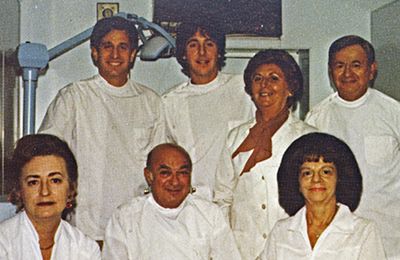 Our History
Our History
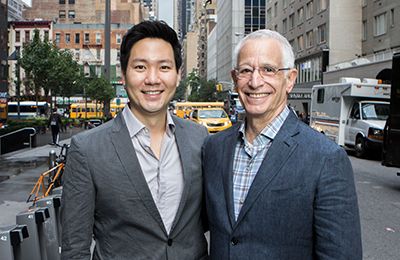 Our Providers
Our Providers
 About Us
About Us
 Blog
Blog
 Contact us
Contact us
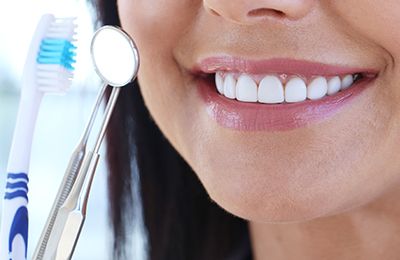 Diagnostic & Preventive
Diagnostic & Preventive
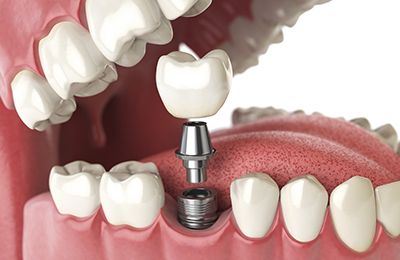 Implant Dentistry
Implant Dentistry
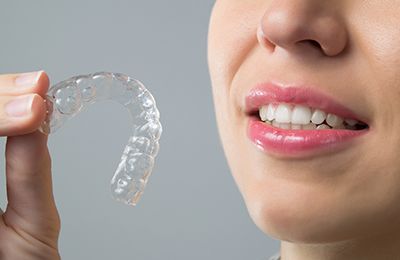 Clear Braces - Invisalign
Clear Braces - Invisalign
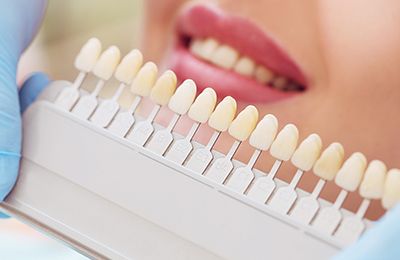 Cosmetic Dentistry
Cosmetic Dentistry
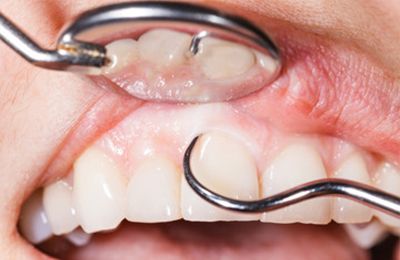 Periodontics
Periodontics
 Patient Forms
Patient Forms
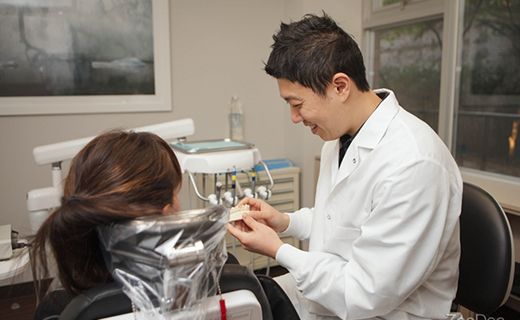 Payment Information
Payment Information
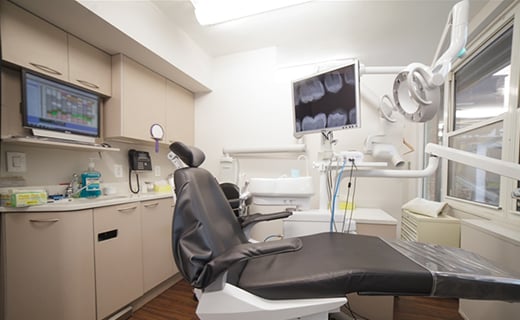 Insurance Options
Insurance Options
 CareCredit Dental
CareCredit Dental
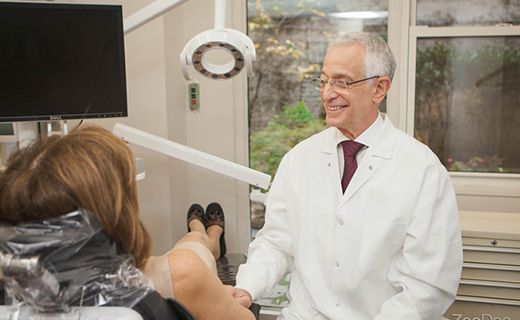 Appointment Policy
Appointment Policy
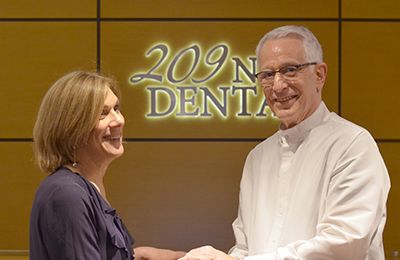 Free Consultation
Free Consultation
 Complimentary Teeth Whitening
Complimentary Teeth Whitening
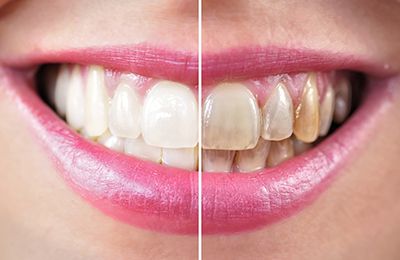 Teeth Whitening
Teeth Whitening
